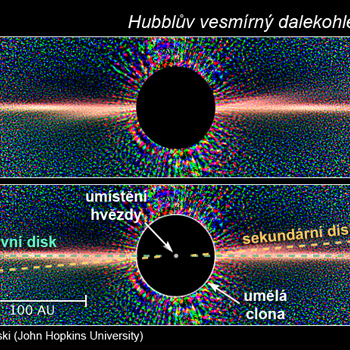Copper oxide reacts much faster with acid at 40°C than at 20°C. Why is this?
Explain in terms of particles.
Explain in terms of particles.
1 Answer
It is due to a principle within chemical kinetics called collision theory
Explanation:
Collision theory states, that for particles to react, they have to collide in the correct orientation and have sufficient energy to create a successful (reacting) collision.
Take a simple Maxwell-Boltzmann distribution curve (this curve shows the number of particles in a system with a certain energy):

At the initial temperature (
Once the temperature was increased to
In simple terms: "As the temperature of a system is increased, more particles have sufficient energy to overcome the activation energy and perform a successful collision. Hence, more of the particles can readily react, increasing the rate of reaction at higher temperatures."

